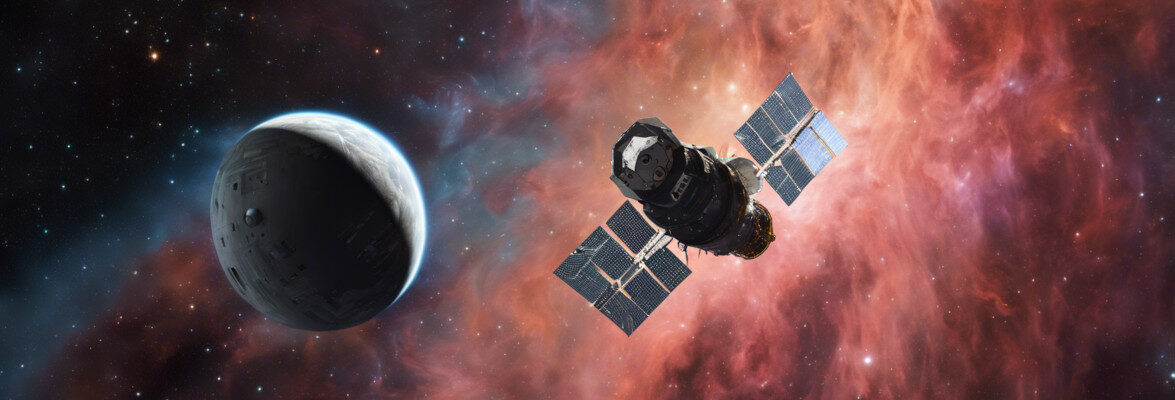 An article published in the journal “Astronomy & Astrophysics” reports the discovery of an exoplanet candidate with a very high probability of existence, a super-Earth designated as KOI-456.04 whose estimated year is slightly longer than the Earth’s that orbits Kepler-160, a Sun-like star. A team of researchers led by René Heller of the Max Planck Institute for Solar System Research in Göttingen, Germany, analyzed old data accumulated by the Kepler space telescope using a new method based on the detailed physical model of the stellar brightness variation instead of the classic one based on the search for the tiny drops in brightness that occur when the planet passes between the star and the telescope. The analysis also led to the discovery of another exoplanet candidate designated as Kepler-160 d.
An article published in the journal “Astronomy & Astrophysics” reports the discovery of an exoplanet candidate with a very high probability of existence, a super-Earth designated as KOI-456.04 whose estimated year is slightly longer than the Earth’s that orbits Kepler-160, a Sun-like star. A team of researchers led by René Heller of the Max Planck Institute for Solar System Research in Göttingen, Germany, analyzed old data accumulated by the Kepler space telescope using a new method based on the detailed physical model of the stellar brightness variation instead of the classic one based on the search for the tiny drops in brightness that occur when the planet passes between the star and the telescope. The analysis also led to the discovery of another exoplanet candidate designated as Kepler-160 d.
Just over 3,100 light-years from Earth, the star Kepler-160 is interesting because it has mass, size, and brightness very close to the Sun’s. Two planets were already discovered around it and confirmed in 2014. They weren’t interesting beyond the astronomical field because Kepler-160 b is a super-Earth very close to its star and therefore it could probably be called a super-Mercury while Kepler-160 c is a hot Neptunian.
The data concerning the exoplanet Kepler-160 c indicate some variations in its orbit that suggest perturbations caused by another planet. The authors of this new research reanalyzed the data using a method other than that of searching for tiny drops in brightness that were used to locate the two known planets thanks to their passages between their star and the Kepler space telescope. René Heller’s team used a detailed physical model of the stellar brightness variation that provided interesting results as it indicated the presence of two more planets.
The analysis conducted indicated that the most interesting candidate is a super-Earth in its star system’s habitable zone. The code KOI-456 (KOI = Kepler Object of Interest) indicated the star in the Kepler mission, so the new candidate was designated as KOI-456.04, which means the fourth exoplanet candidate for that star. The data indicate that this super-Earth has a diameter approximately 1.9 times the Earth’s with a year lasting about 378 Earth days. If it had an atmosphere similar to the Earth’s, the average temperature on its surface would be a few degrees lower than that on the Earth’s surface. The researchers tried to rule out any possibility of a false positive, but its existence is not yet established for good. The probabilities that it exists are 85%, but more observations will be needed with future instruments such as ESA’s PLATO space telescope to hope for confirmation.
The other candidate exoplanet didn’t pop up in traces of transits in front of the star but only from perturbations of the orbit of Kepler-160 c. Paradoxically, this candidate seems to have a greater probability of confirmation, to the point that researchers already designated it as Kepler-160 d even if its possible characteristics are very vaguely estimated: a mass between 1 and 100 times the Earth’s and a year lasting between 7 and 50 Earth days.
The image (© MPS / René Heller) shows some results of the discoveries obtained thanks to the Kepler space telescope compared with Sun and Earth (in the top panel). The second panel from the top shows the situation in the Kepler-160 system with the exoplanet candidate KOI-456.04 illustrating the similarities with Sun and Earth. The third panel from the top shows the typical star observed by Kepler with the typical Neptunian exoplanet. The bottom panel shows the situation of an Earth-like exoplanet orbiting a red dwarf.
The discovery of these new exoplanet candidates shows the progress made in analyzing observation data. The Kepler mission ended on October 30, 2018, but the wealth of data obtained continues to be useful. The data can be reanalyzed with methods that improve over time and can be integrated with other data obtained with other instruments. The fact that it’s not yet possible to verify these candidates with certainty shows that there’s still work to be done. That’s normal considering that the search for exoplanets has been in progress for less than thirty years.
Probably KOI-456.04 is a real exoplanet, but even in that case, we don’t know if it has an atmosphere and other characteristics necessary for the development of life forms. For now, it’s just another possible exoplanet with some interesting characteristics, but its potential for habitability is still to be assessed.

